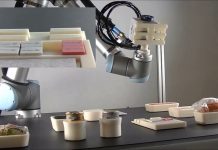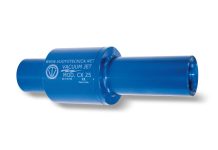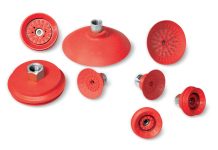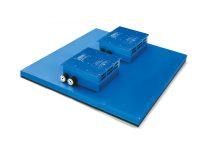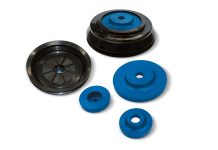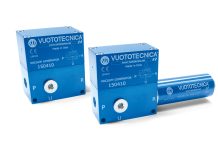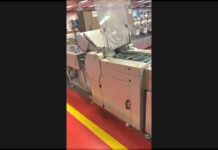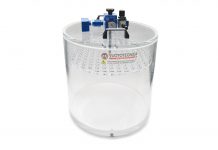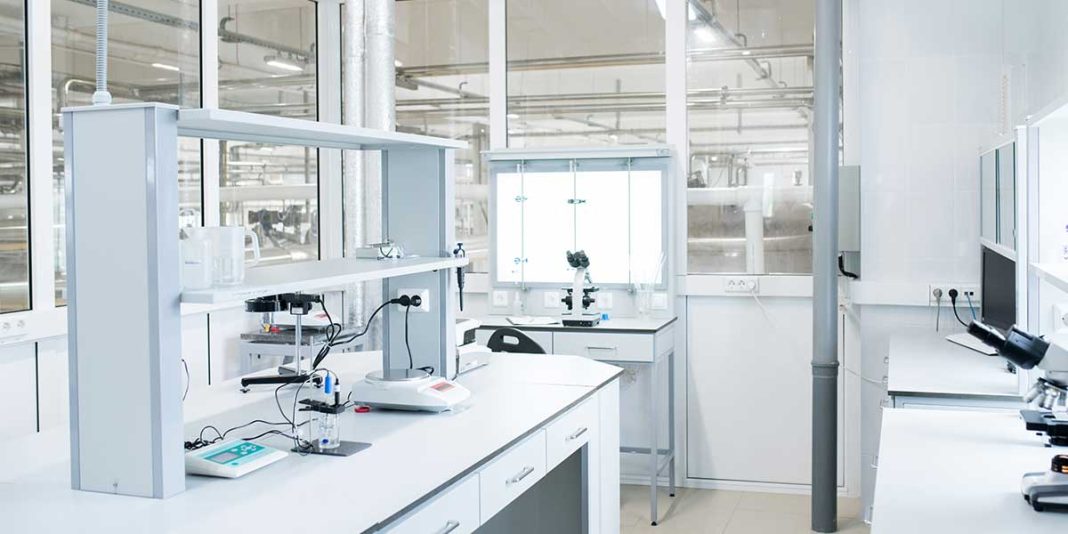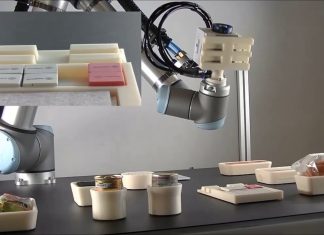Vacuum is a fundamental resource in the medical sector, used in numerous processes ranging from diagnostics to the production of advanced medical devices.
In diagnostic laboratories, vacuum technology is used, for example, in critical operations such as filtration, aspiration, and separation of biological samples, because it guarantees precision and reliability as well as preventing contamination.
In the manufacture of medical devices, vacuum plays an essential role in processes such as molding and lamination, techniques used to produce components for orthopedic implants, heart valves, custom prostheses, and parts for respirators. For example, vacuum molding allows complex shapes to be achieved with precision, using biocompatible materials such as polyurethane resins, which can be customized to meet specific mechanical and chemical requirements.
In addition, vacuum is used in the production of components for diagnostic devices such as ultrasound scanners, MRI machines, and respiratory therapy equipment.
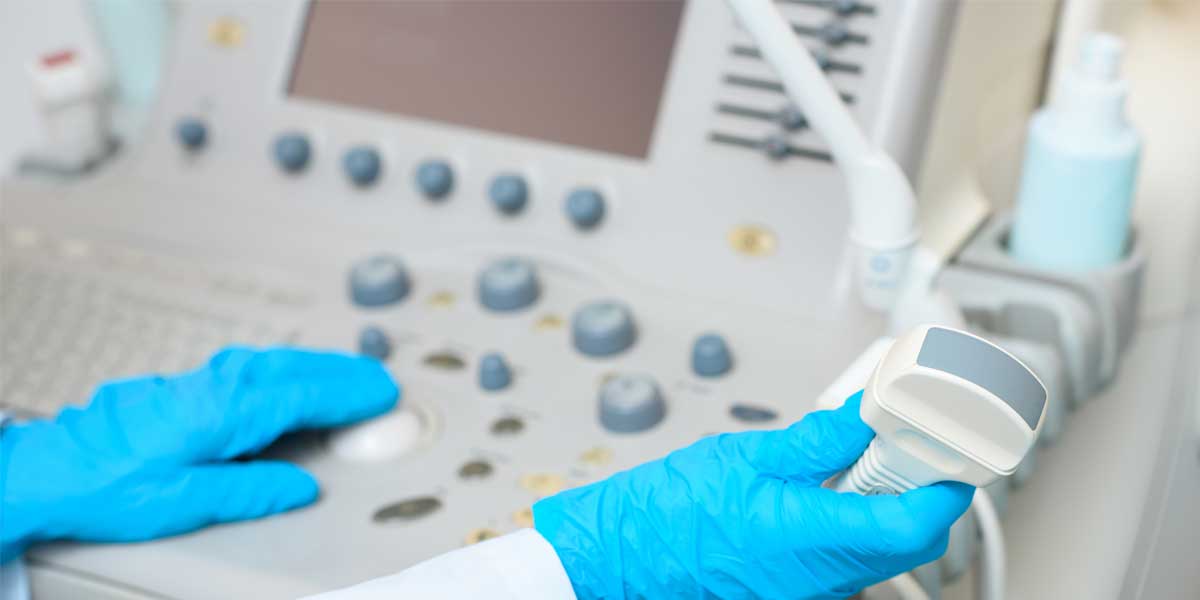
The ability to create vacuum environments is crucial for ensuring the quality and reliability of these instruments, and that they function correctly and safely.
Here on the blog, we talked about cylinders equipped with suction cups for picking up and moving medicine boxes; vacuum casting for producing prototypes with high-quality finishes; biofabrication of organs using vacuum; safety depressors and suction cups ideal for handling X-rays, plates, plastic products that must not be contaminated, and many other applications.
Browse through the categories to discover how indispensable vacuum is in the medical sector, helping to improve the quality of devices and patient safety.






